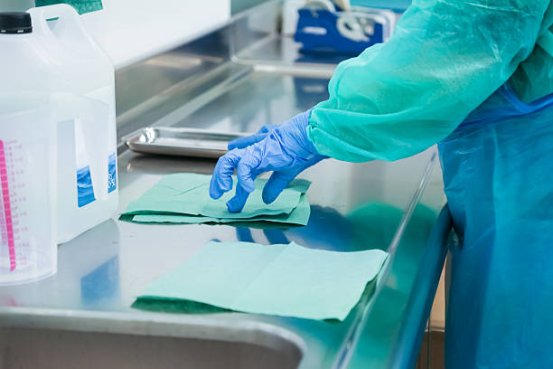Cleanroom services are vital in industries where even tiny contaminants can compromise operations, from pharmaceuticals to electronics, ensuring consistent product quality and safety.

Overview of Cleanroom Services
Cleanroom services involve specialized procedures designed to preserve environments with minimal airborne particles and contaminants. These services are crucial in sectors where cleanliness directly affects quality and safety, including semiconductor fabrication, pharmaceutical production, and aerospace assembly. The objective is to maintain strict contamination control standards throughout all stages of operations.
Technicians utilize advanced cleaning methods, precise chemicals, and specialized equipment to uphold required purity levels. Air filtration systems and environmental controls work alongside surface cleaning to minimize particle presence effectively.
Importance of Cleanroom Standards
Strict adherence to cleanroom standards is essential. Even microscopic particles can disrupt sensitive manufacturing, causing defects or failures. In biotechnology and life sciences, contamination control ensures product safety and efficacy. Controlled environments also prevent cross-contamination, maintain regulatory compliance, and protect product reliability, safeguarding an organization’s reputation.
Types of Cleanrooms
Cleanrooms are classified according to maximum allowable particulate concentration per cubic meter, ranging from ISO 1 (most stringent) to ISO 9. Each classification requires tailored air handling, gowning, cleaning protocols, and maintenance routines.
Specialized cleanrooms include:
-
Semiconductor cleanrooms for precise hardware assembly.
-
Pharmaceutical cleanrooms for sterile production.
-
Aerospace and defense cleanrooms for precise assembly with minimal particulate interference.
Key Components of Cleanroom Operation
Effective cleanroom operation relies on HEPA filters, advanced air-handling systems that regulate temperature, humidity, and pressure, and rigorous surface cleaning. Routine maintenance, scheduled cleaning cycles, and continuous monitoring ensure integrity. Calibration of particle counters and airflow sensors provides accurate, real-time data for rapid corrective actions.
Cleaning Procedures and Techniques
Cleaning follows structured protocols, including dusting and wet wiping with residue-minimizing compounds. Cleaning agents, ionized water, or antimicrobial solutions are selected based on surface and environmental requirements. Disposable materials prevent cross-contamination, while manual and automated systems ensure critical areas are thoroughly cleaned, reducing contamination risks.
Personnel Training and Safety
Technicians undergo extensive training on contamination control, chemical handling, and proper use of PPE. Standard operating procedures guide entry and exit, gowning, and tool handling. Safety measures address chemical exposure, ventilation, and protective equipment, with regular retraining and certification maintaining operational efficiency.
Industry Applications
Cleanroom services are essential in microelectronics, semiconductor production, biotechnology, pharmaceuticals, medical devices, aerospace, and defense. They also support R&D labs, ensuring experiments remain uncontaminated and results reproducible.
Advancements in Cleanroom Technology
Innovations are enhancing cleanroom services. ULPA filters offer superior air purity beyond HEPA standards, IoT sensors enable real-time monitoring, and robotic systems improve cleaning precision while limiting human entry. New surface materials reduce bacterial adhesion and simplify maintenance, extending intervals between deep cleans while maintaining standards.
Compliance and Certification
Adherence to ISO cleanliness standards, internal audits, and third-party certifications ensures consistent performance. Detailed documentation of cleaning cycles, monitoring, and staff training supports regulatory compliance and mitigates risks of penalties.
Future Outlook and Considerations
The cleanroom industry continues to evolve with new technologies, advanced materials, and stricter contamination control requirements. Sustainability is influencing practices through eco-friendly cleaning agents and energy-efficient systems. Future trends may include increased automation, enhanced monitoring, and AI-driven contamination prediction.
Conclusion
Cleanroom services are indispensable for industries requiring pristine environments. By combining rigorous protocols, advanced technology, and adherence to international standards, these services ensure controlled environments maintain high-quality production, research accuracy, and operational excellence.
